I have never been bashful on my dislike of roof top tents. Sure, I love the image of a Defender camped with one in the Serengeti, or the romance of a cross-continent expedition; but my main beef has always been in regards to vehicle dynamics when I’m not on some adventure. I felt that ruining my daily commute for occasional camping trips just wasn’t worth it.
When Overland Journal started testing a few hard shell roof tents last summer, I had the opportunity to help out. Despite my hesitations, we mounted Autohome’s Maggiolina Extreme atop my Jeep Cherokee and hit the road. Sure enough, after our first outing something happened. I went from mumbling under my breath about roof loads and how it was ruining my truck to looking for more reasons to leave town and sleep under the stars. In a three month span, we managed to find time to camp at least seven weekends.
Weight
Your average soft shell roof tent weighs about the same as the Maggiolina’s 154 pounds, but only takes up half to two-thirds of the roof. This means that the weight of the tent is concentrated in one area and can cause strange suspension behavior on technical terrain. This tent uses the whole roof which makes it more stable when the trail starts to get tricky. While driving, you will still know that the weight is up top, however the benefit of predictable balance exceeds the lost roof space. Its aerodynamic shape also minimizes buffeting and whistling right above your head, making the added noise comparable to that of a standard roof rack.
Set up
Many tent systems can be very quick to set up but hard shell roof tents are in a whole different league. While the Maggiolina Extreme may take slightly longer to deploy than some comparable models, it can still have you climbing under your covers in about a minute. The hand crank turns two scissor arms in the front and rear to raise the tent vertically. This may seem like extra trouble compared to a gas strut system, but the classic design adds to its charm. You can count on the scissor arm mechanism to always work the same, while gas struts can sag in (very) cold weather and can wear out after several years. Another advantage to the hand crank comes during stowage—you can stop cranking at any point to make sure that all of the fabric is tucked in properly.
Comfort
Using the method of rating comfort by how I feel when I wake up, the Maggiolina kept me feeling no different than my mattress at home. When first laying down, the 3.5 inch mattress feels far thinner than described. However, after the closed cell foam warms up, it gives way to being soft yet quite supportive. Even though I sleep on my side, I have still never found the bottom of the tent with my hip. Taller users of this tent should note that 10 inches of the internal length is consumed by the aluminum track which houses the roof supports. This isn’t a deal breaker though, because a blanket or piece of clothing can bridge the gap and keep a rogue toe from touching the cold aluminum during the night. 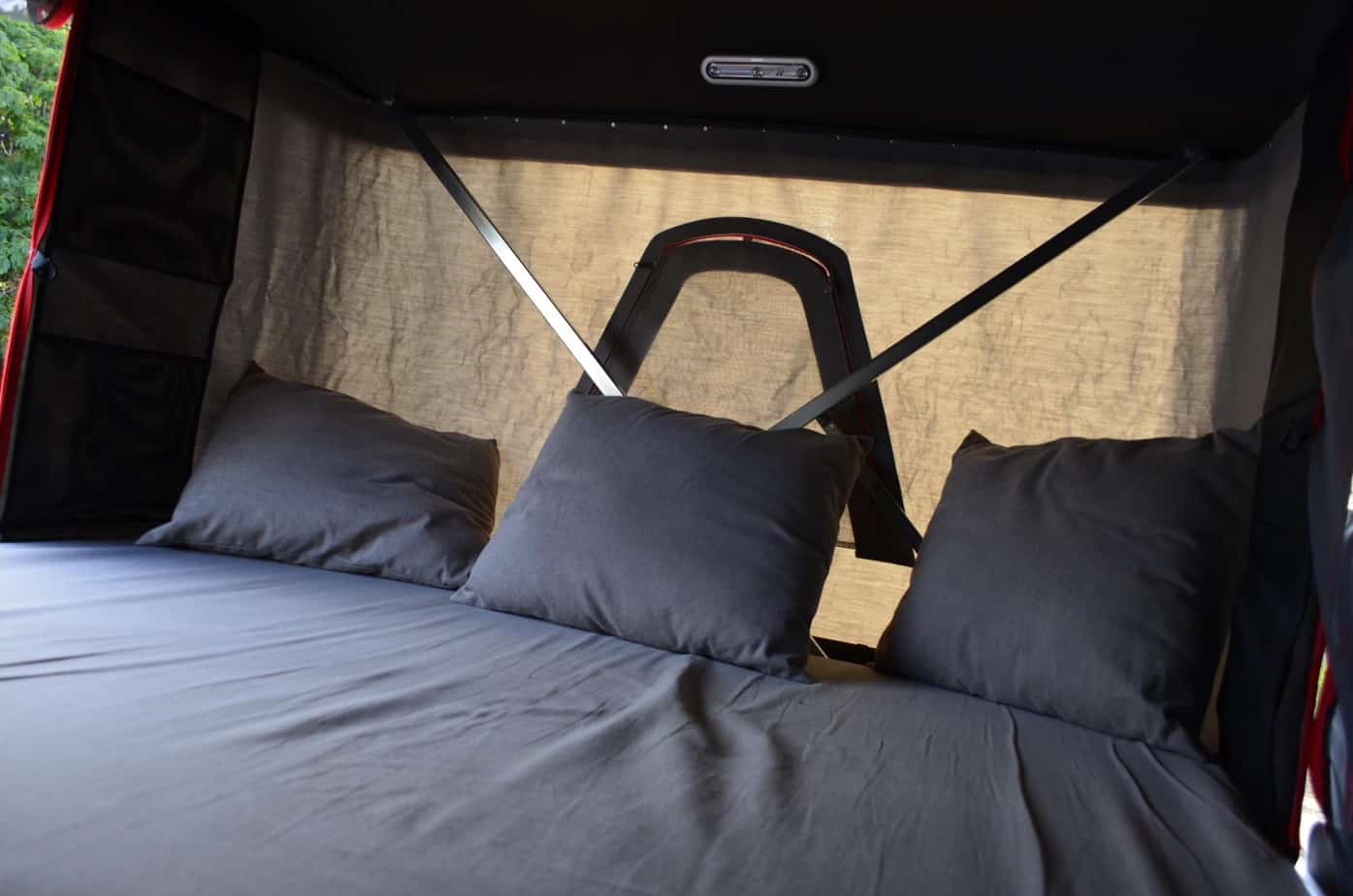
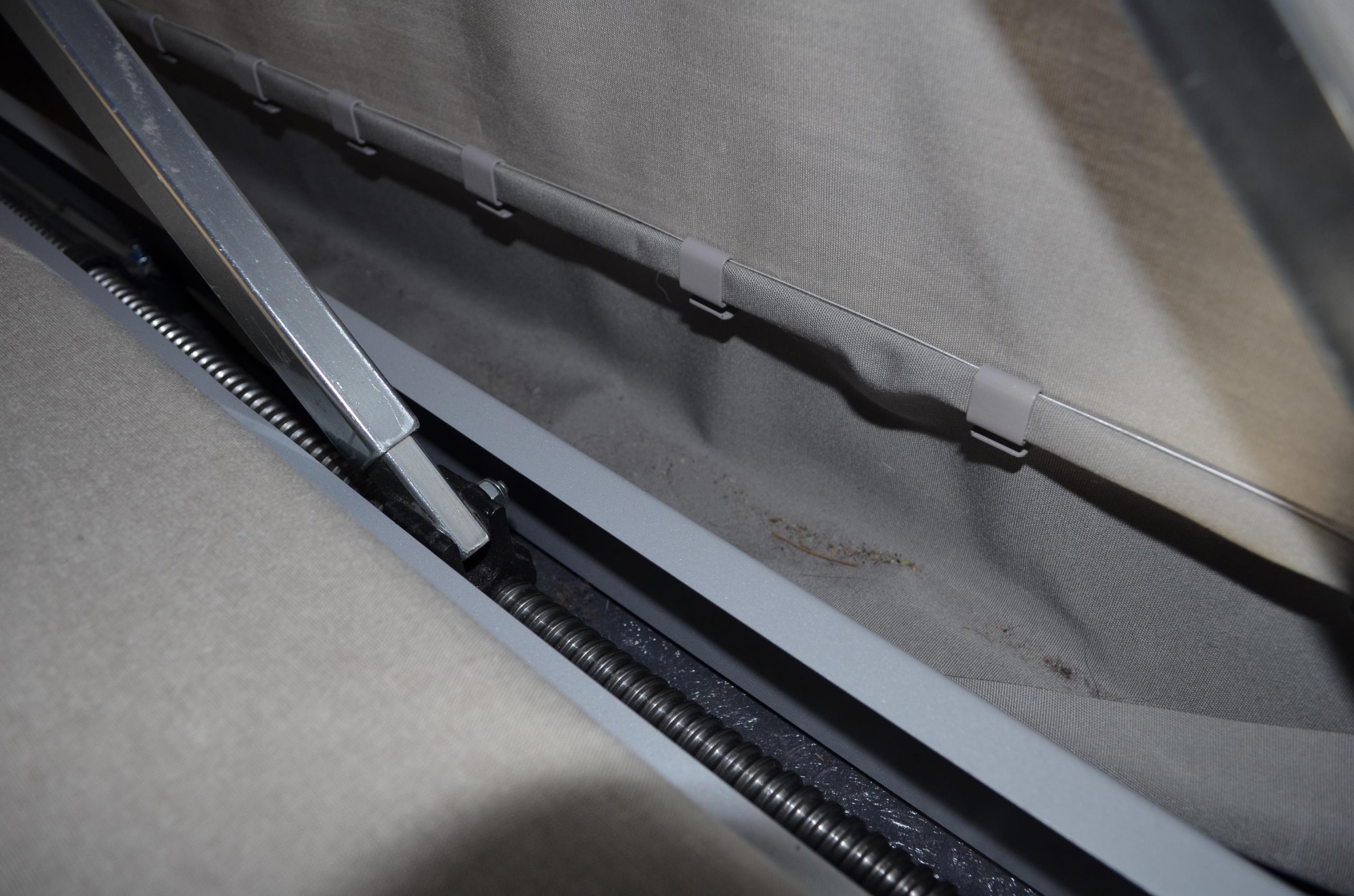
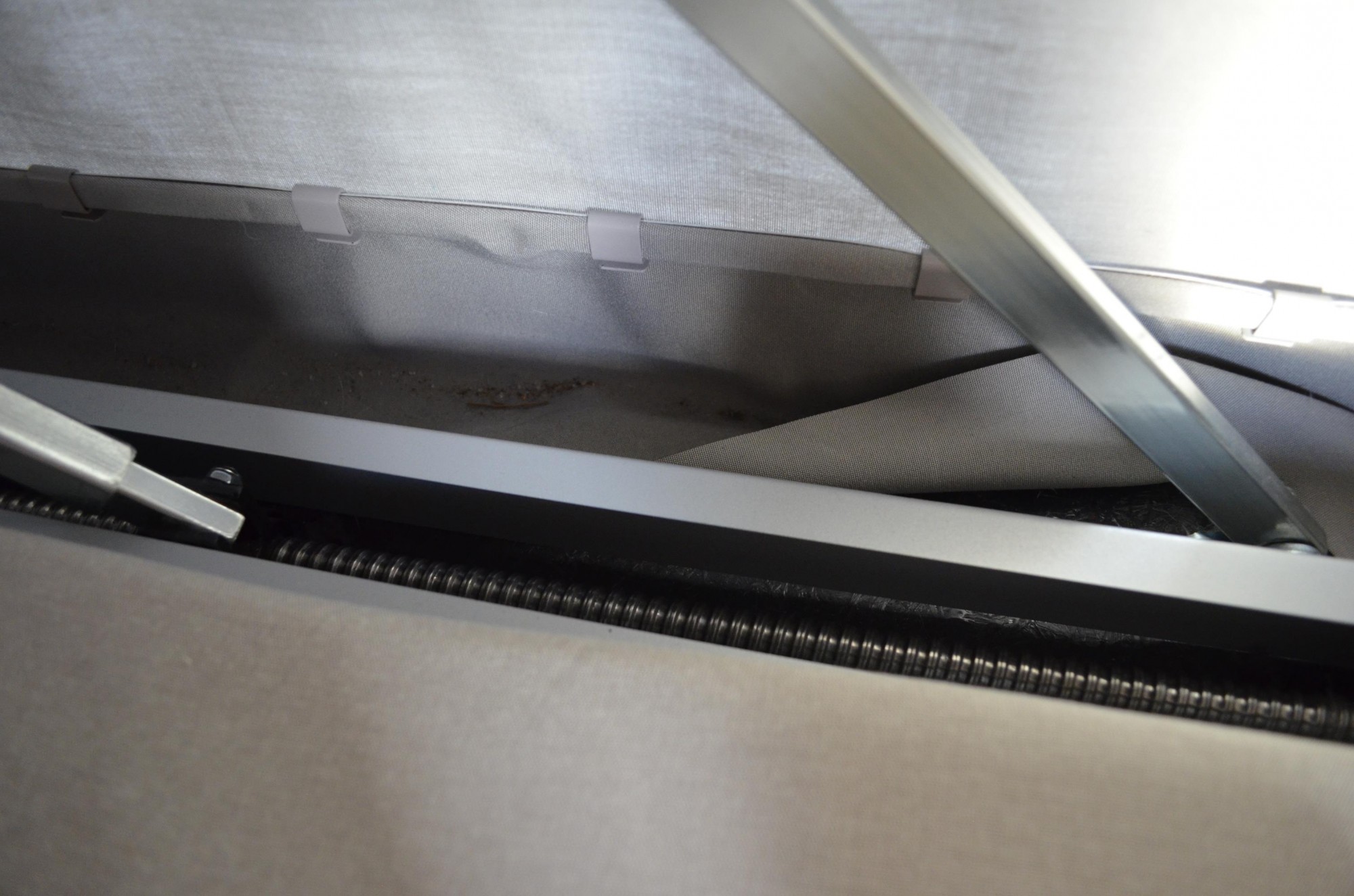
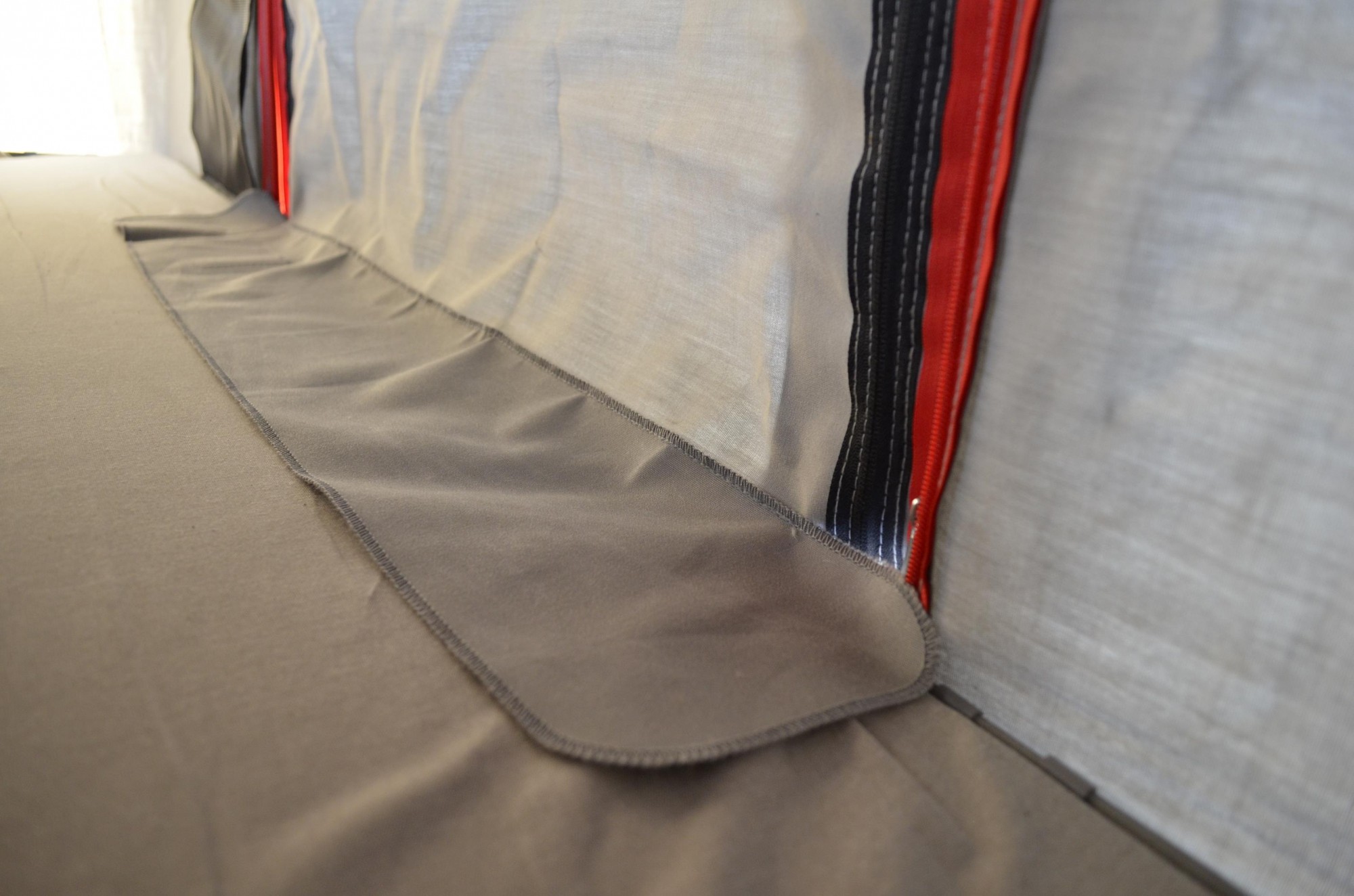
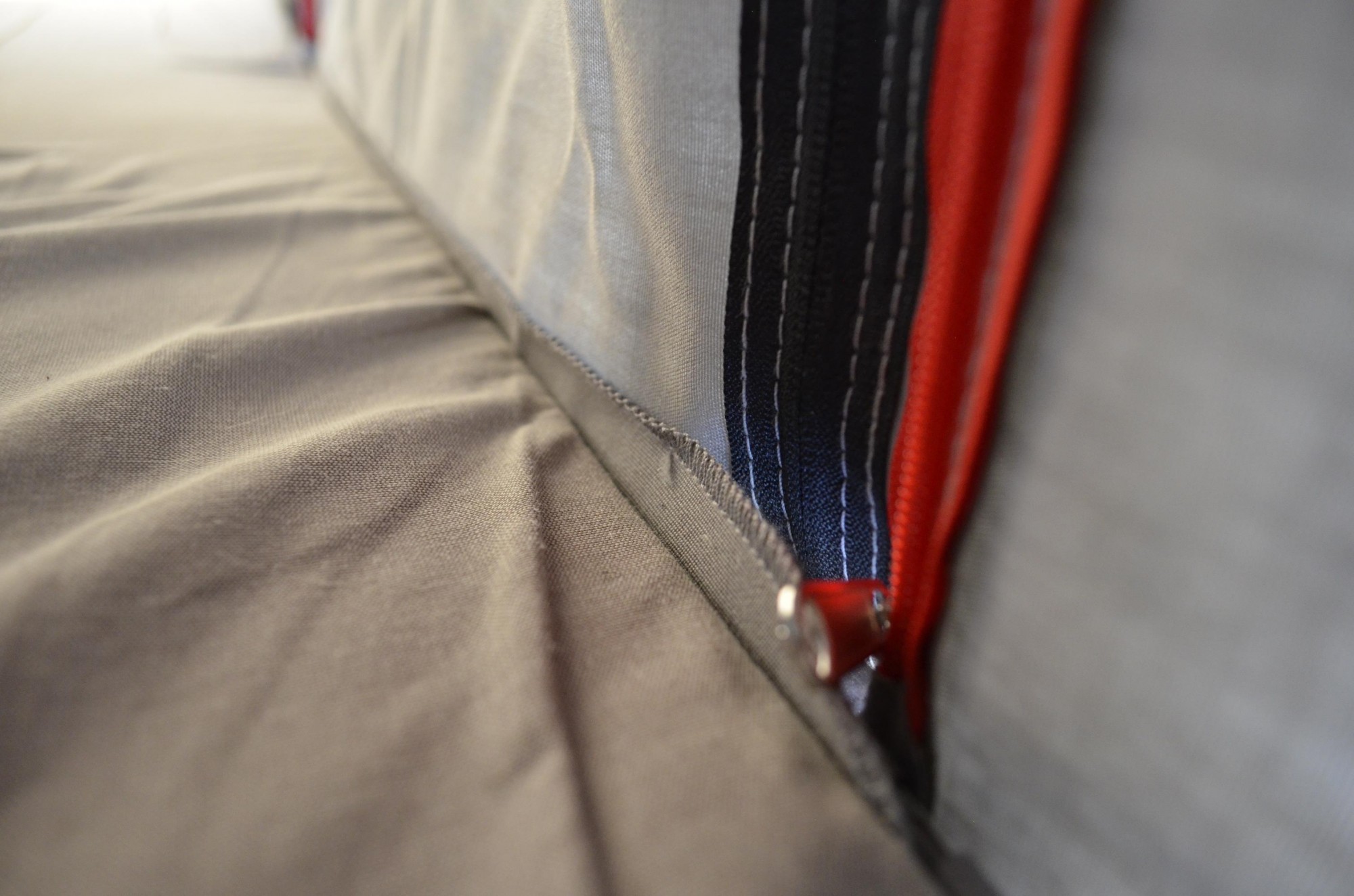
The mattress isn’t the only thing that will help you sleep through the night. Other things to consider are: ventilation, condensation, and waterproof effectiveness. With all of the windows open, the Maggiolina breathes quite well, and the large doors on both sides create nice airflow. The Dralon fabric prevents condensation by maintaining excellent breath-ability, while simultaneously keeping wind, rain, and snow outside. After spending over a dozen nights that dropped well below freezing, I have yet to wake up with any moisture in the tent. Both doors are equipped with draft flaps that tuck under the edge of the mattress to keep cold breezes out. From personal experience, I can tell you that this is extremely important in 50 mph winds at temperatures below 30°F.
Storage
On the inside, storage options are plentiful with a large mesh attic and dual hanging pockets for each side of the tent. This allows enough space to keep all of your personal items off of the mattress and out of the way. When closed, the tent can store a couple of pillows as well as a pair of sleeping bags or blankets. The upper shell on the Extreme is reinforced, and extra duty riser components support the use of its integrated roof rack. This small, and somewhat cheesy, accessory seems to be an afterthought, and I haven’t discovered a real use for it yet. The depression in the fiberglass pools rainwater (or snow) during storms which slides off onto the windshield the first time you hit the brakes. Overall, this is a minor complaint, but it is still worth noting.
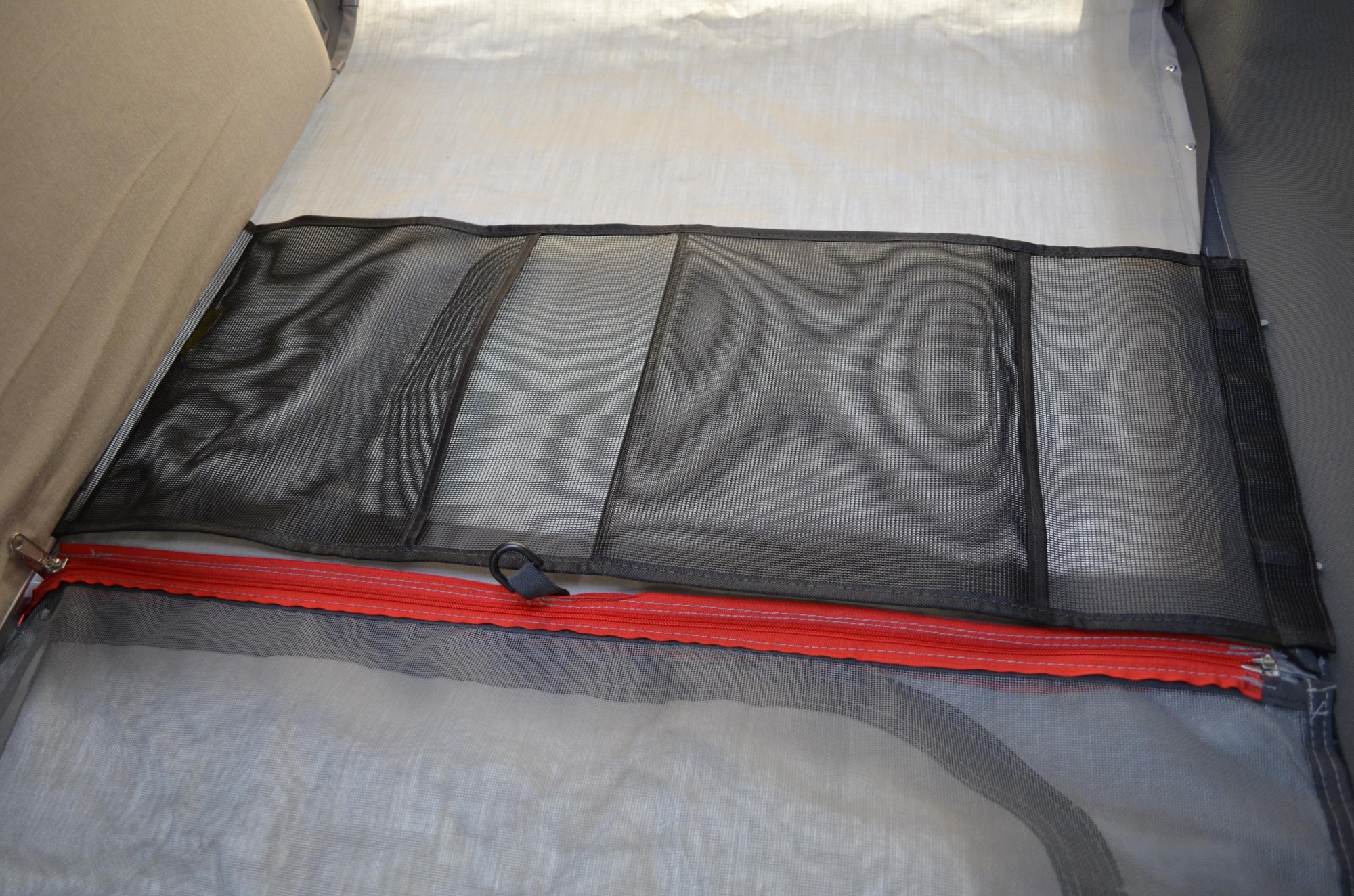
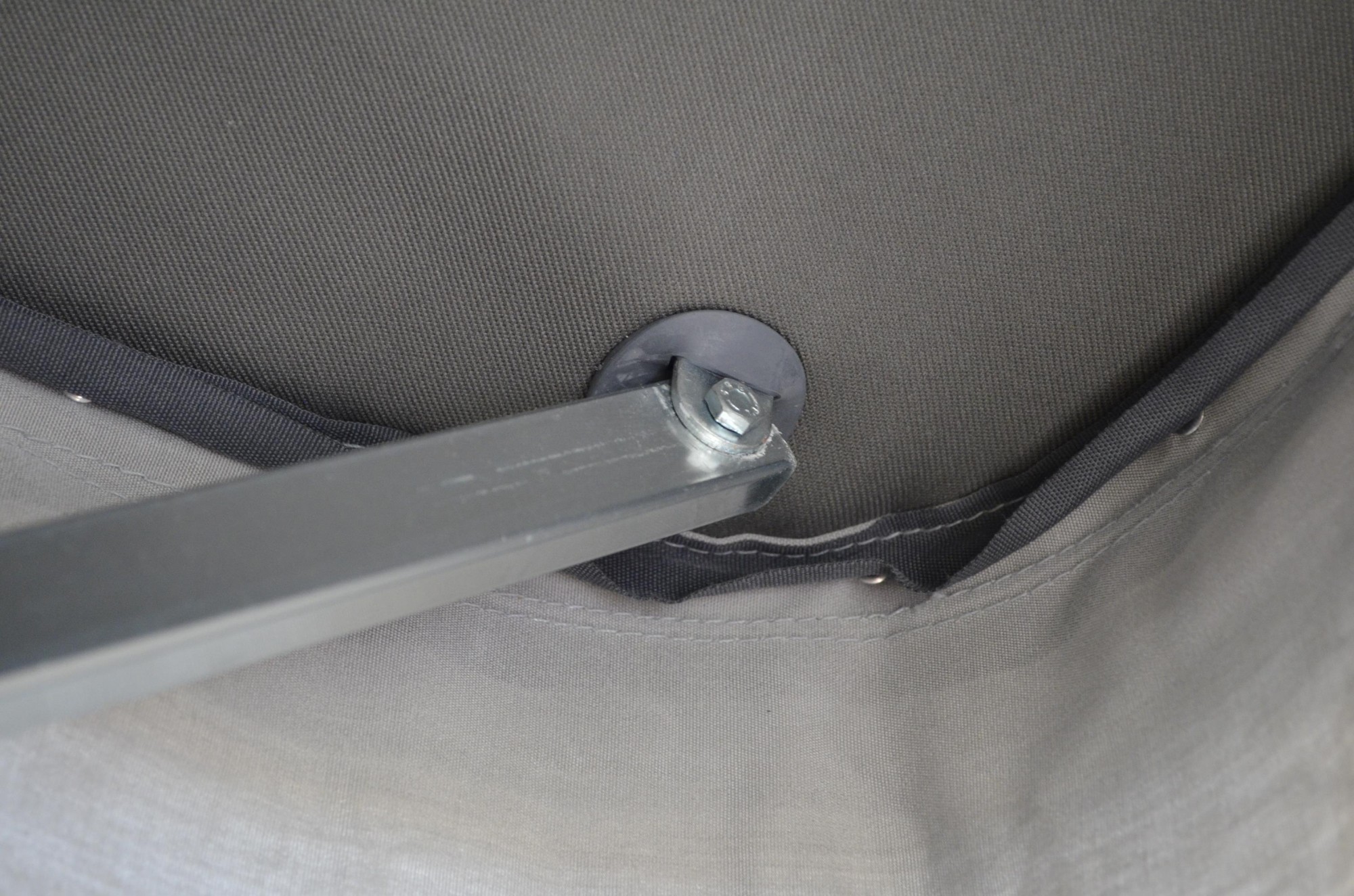
Conclusions
Starting at $3,099 this tent should be seen as an investment, as its robust components and strong shell make me confident that it will last a lifetime. After over 1,000 miles of heavy off-road travel and 25+ nights of use, the Maggiolina shows little to no wear. Overall, the impact on driving is negligible, the comfort is outstanding, and the ease of use is hard to beat. Since we mounted it I have wanted to camp more often, and the time saved on packing, setup, and tear down gives me the freedom to enjoy the outdoors, which is why I want to camp in the first place. At the end of the day the Maggiolina is a fantastic tent, but I have to warn you, it will change what you expect out of a tent forever.



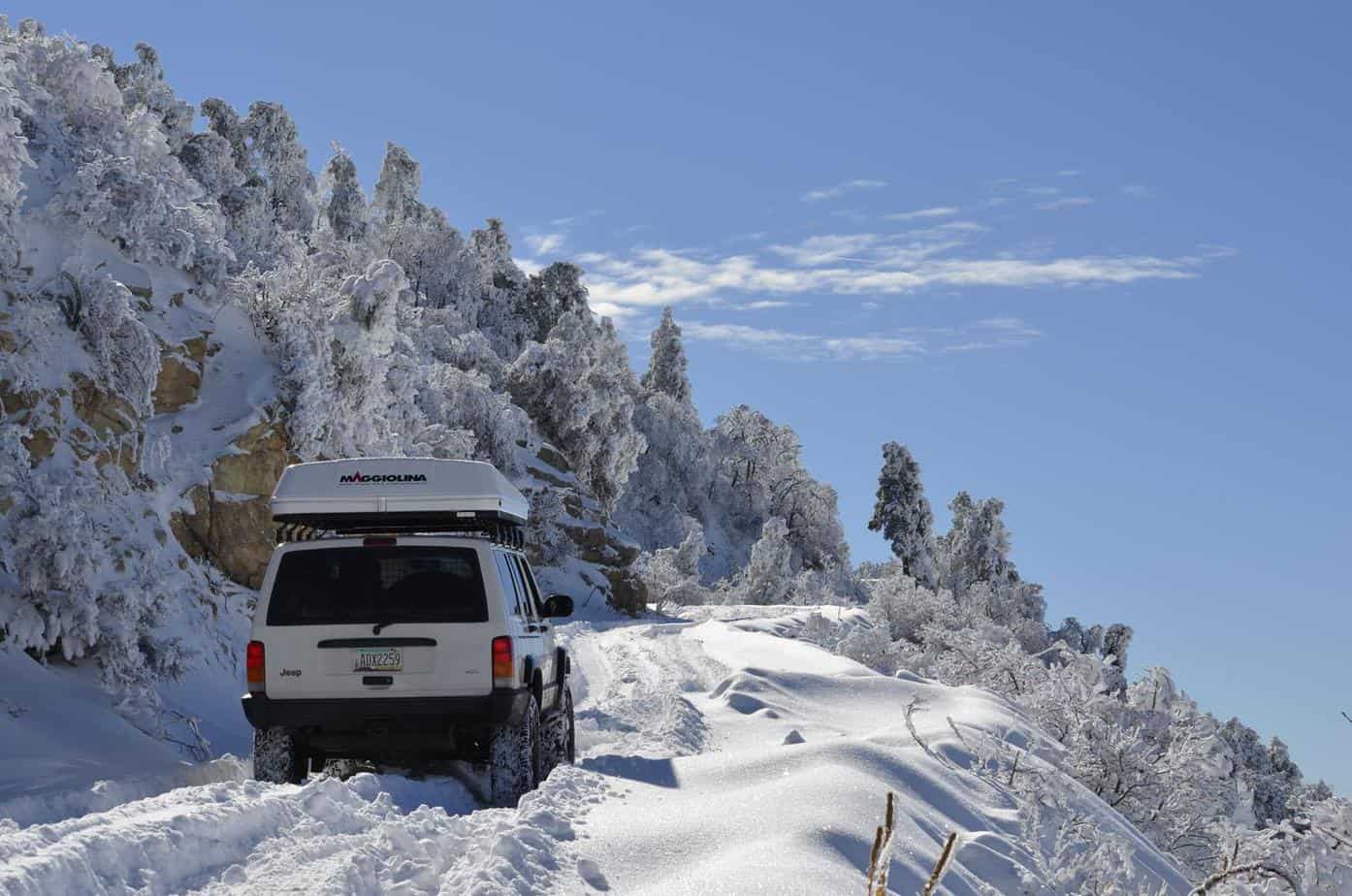
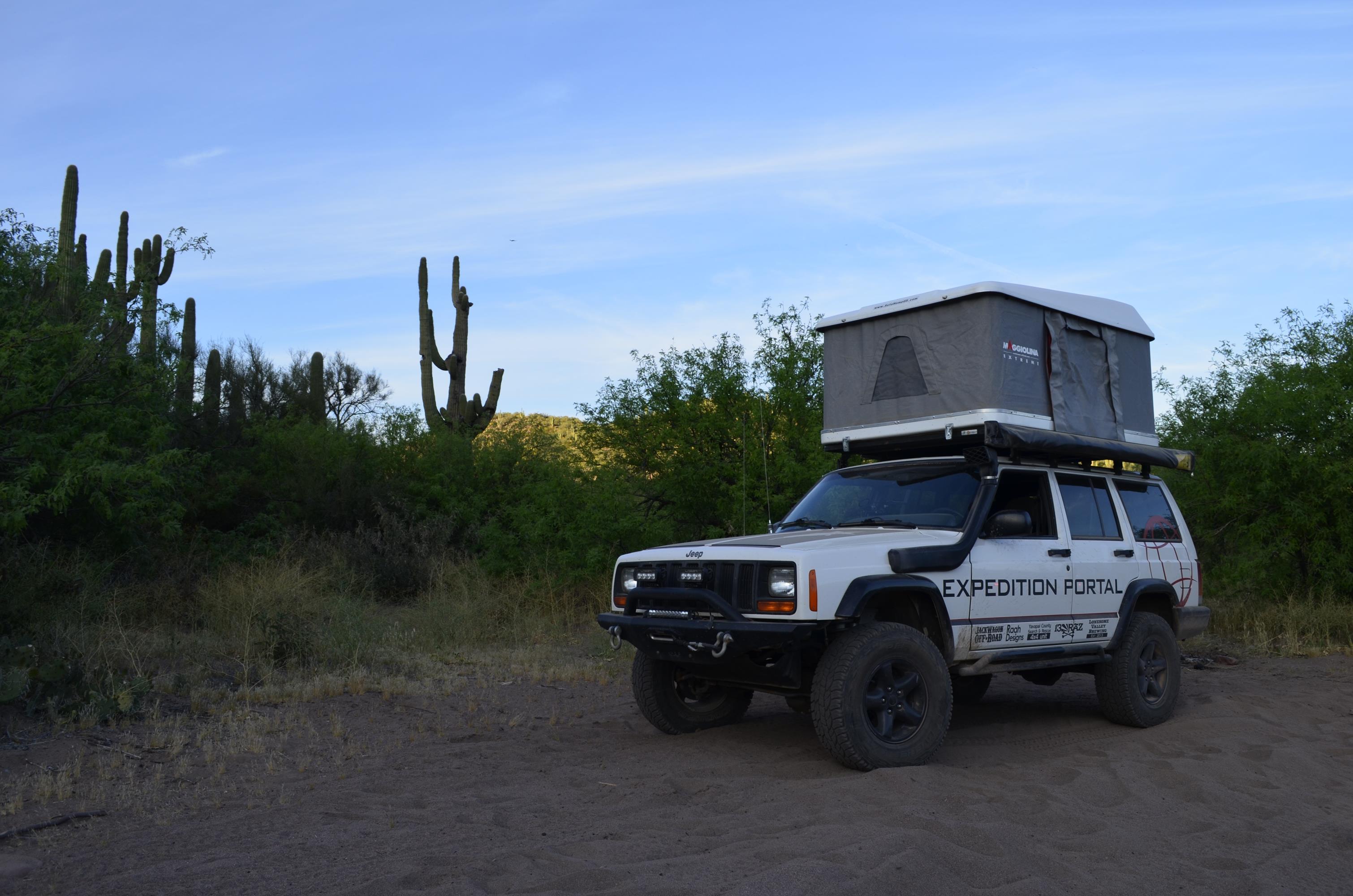

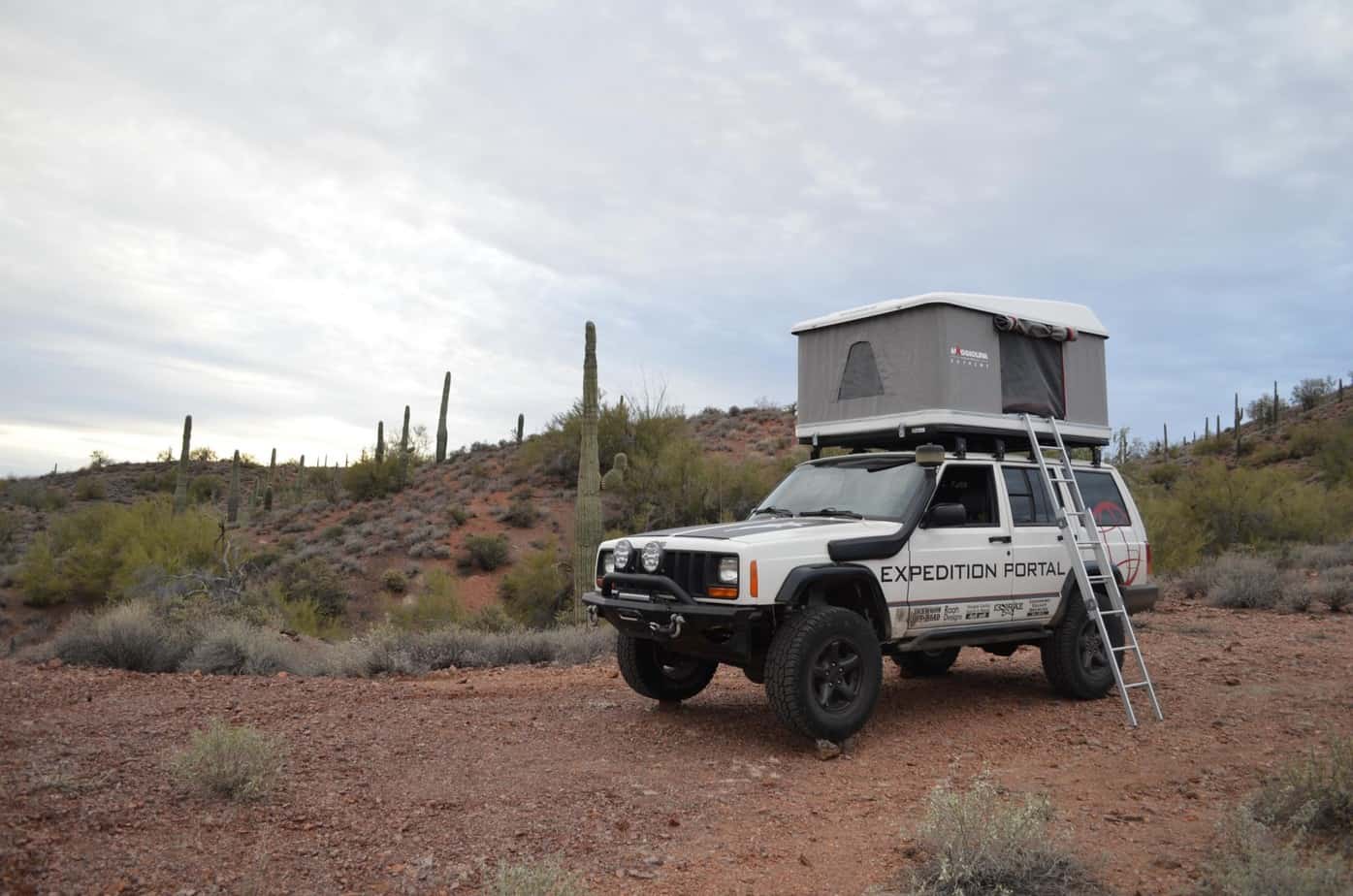
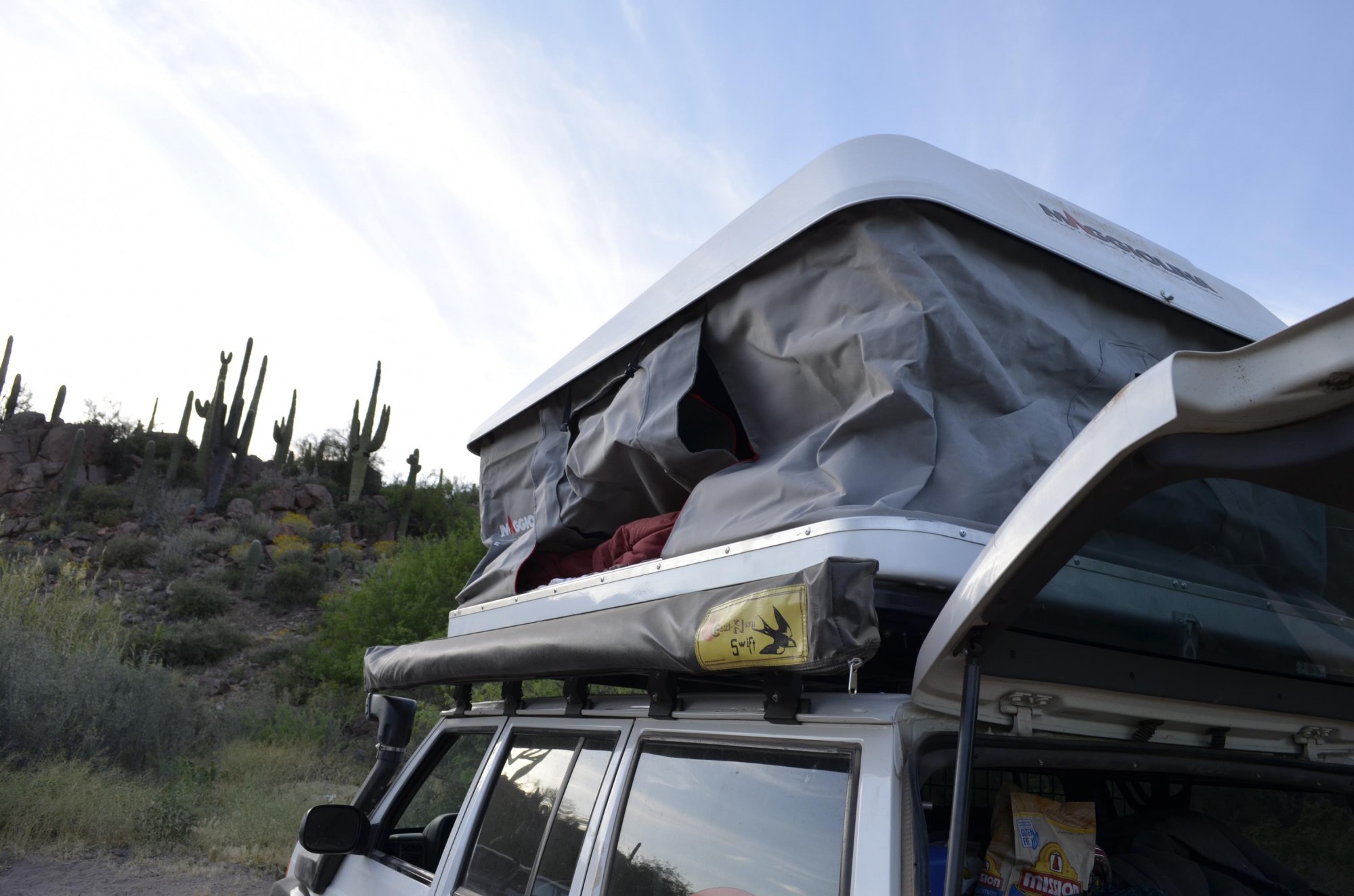
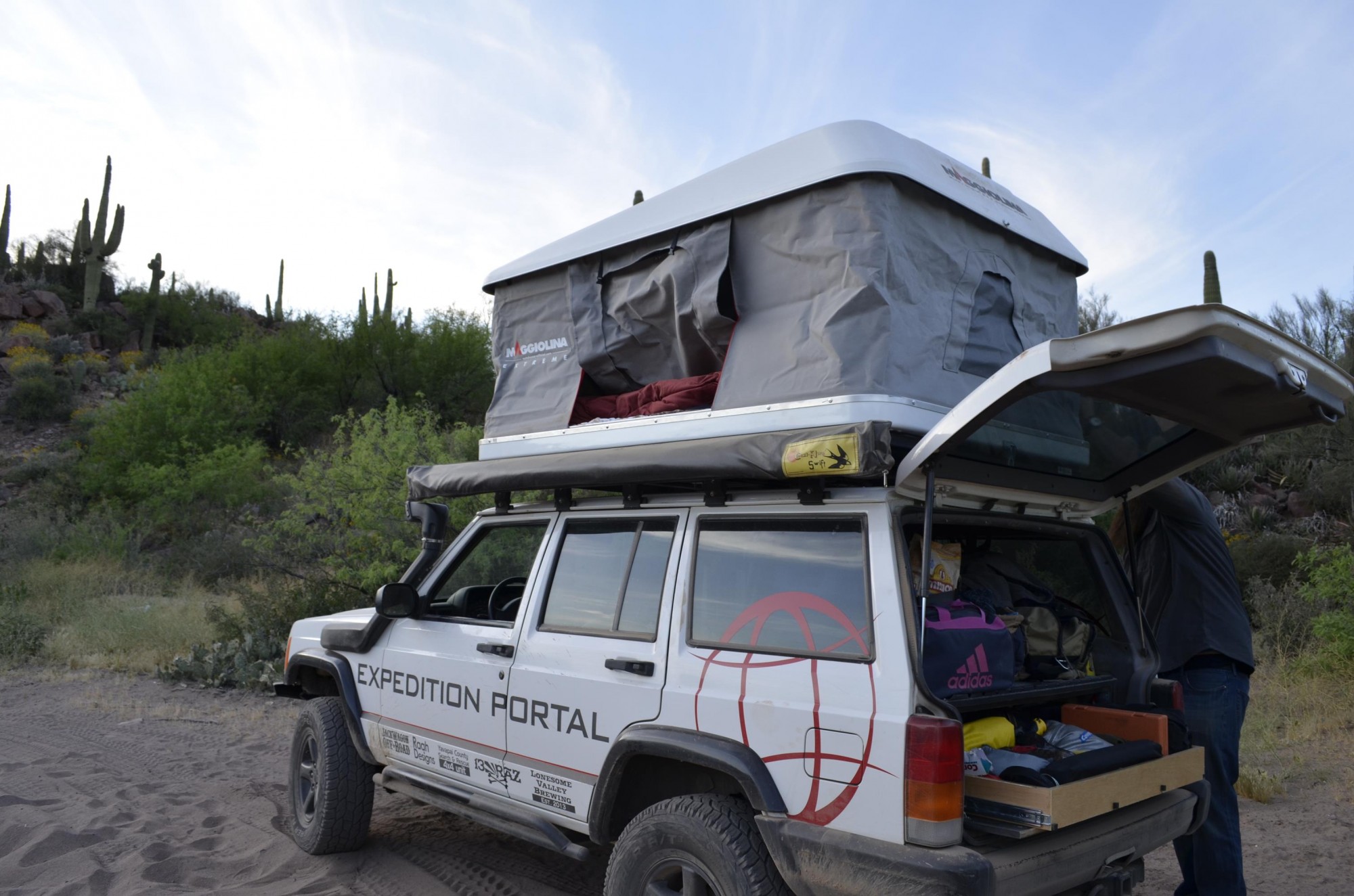
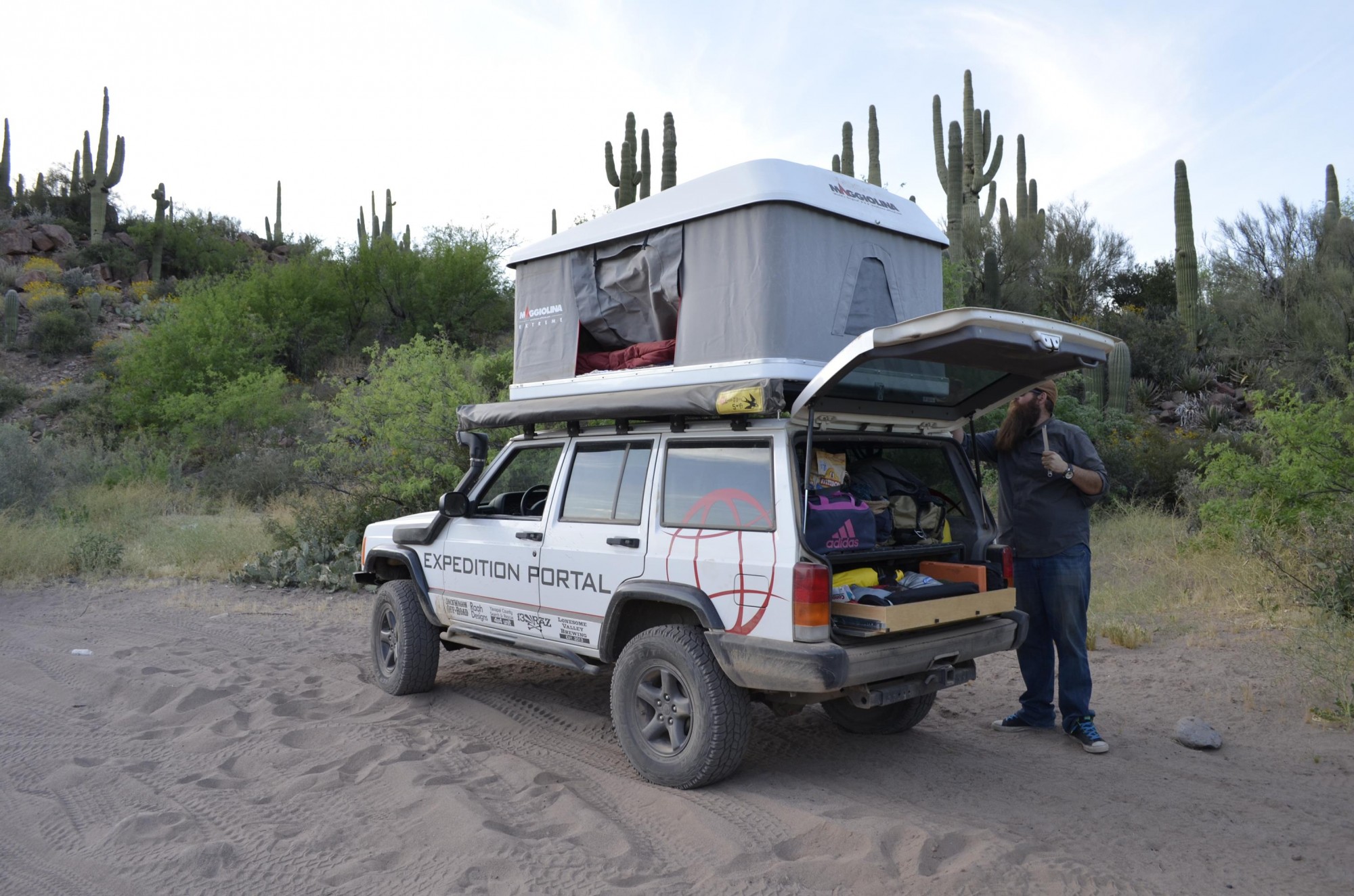
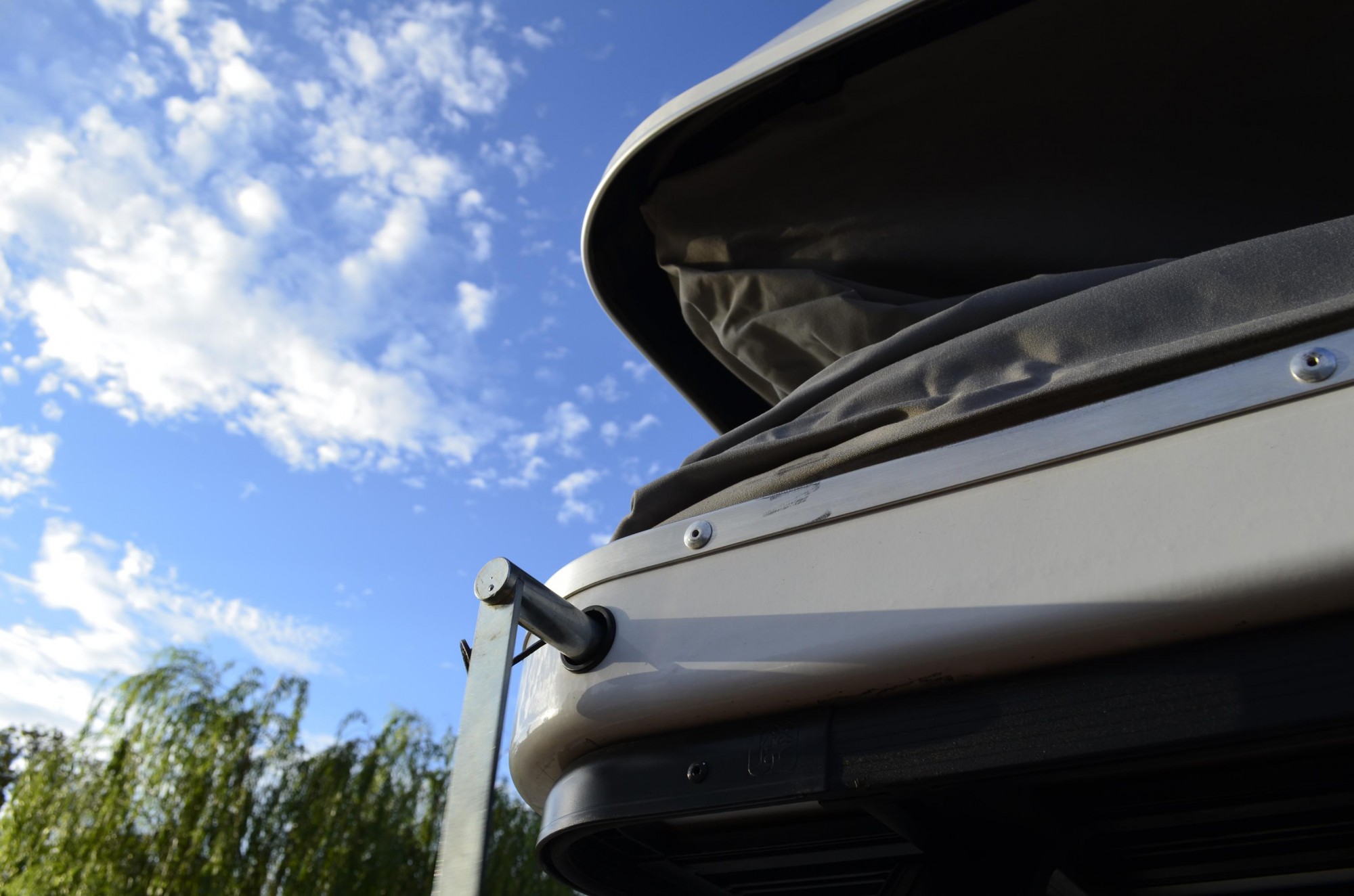

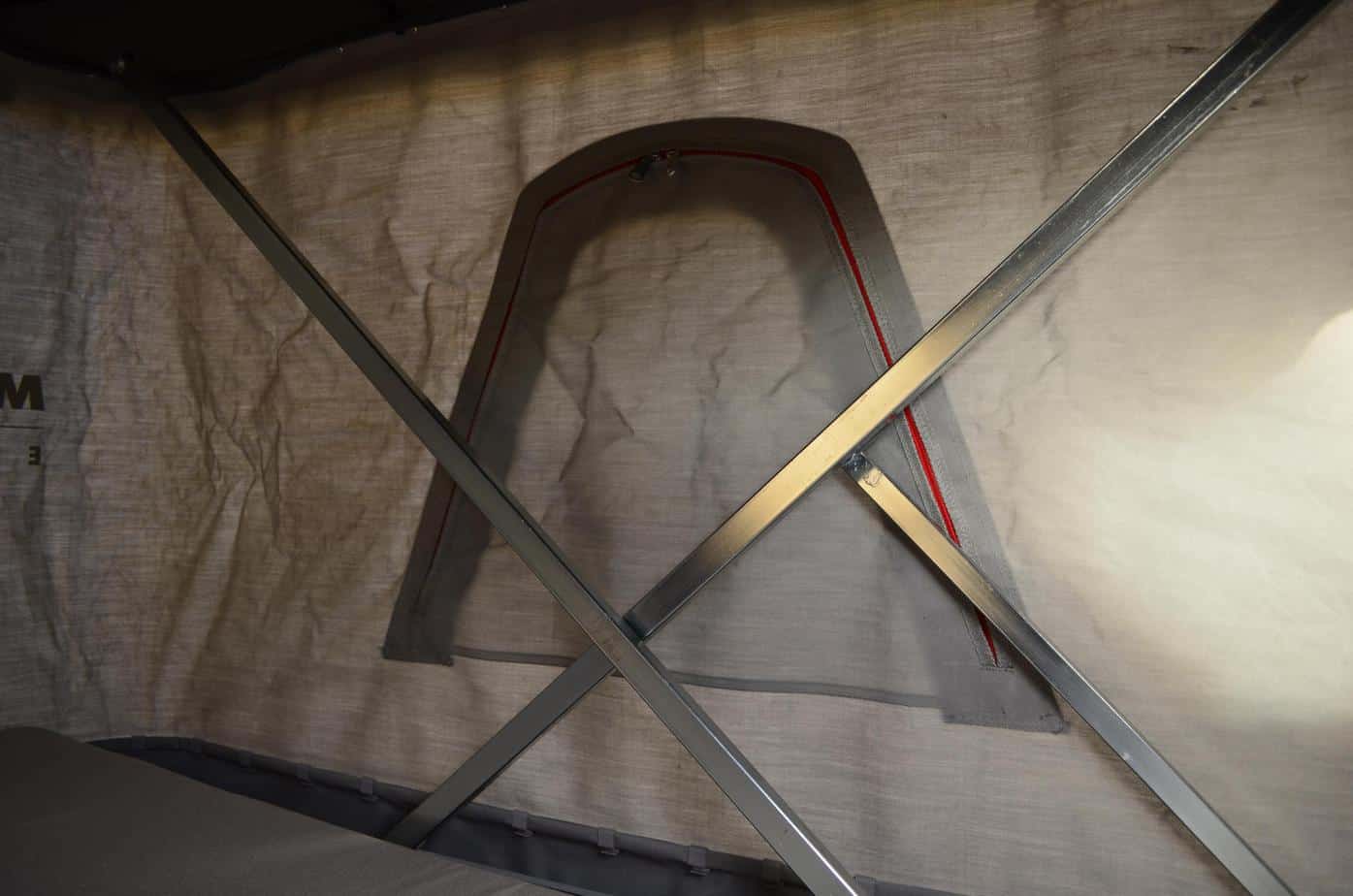

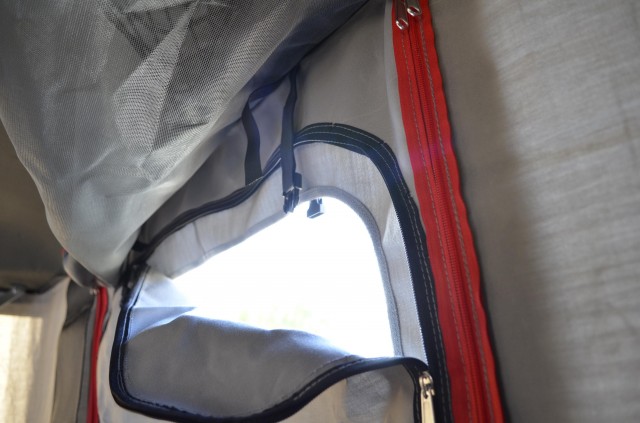
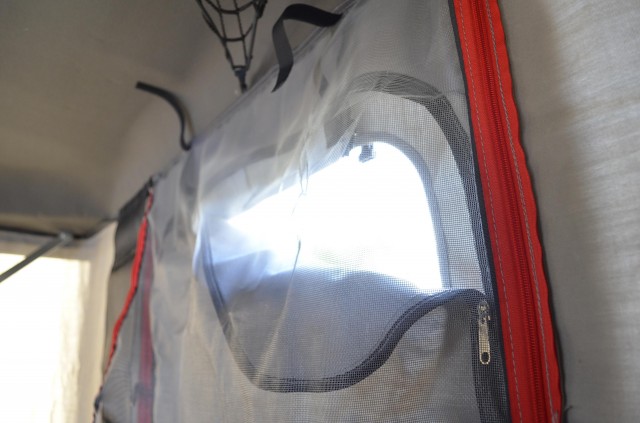
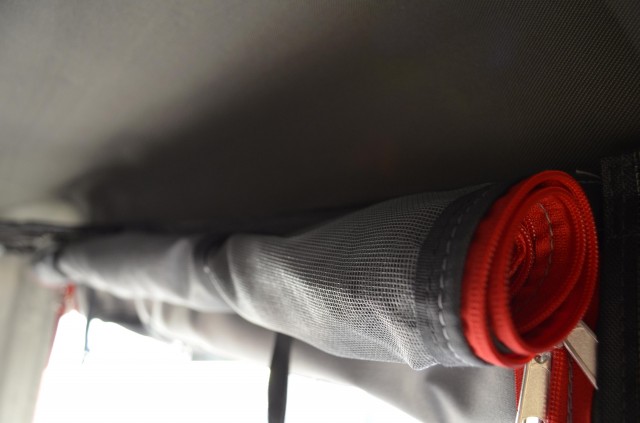
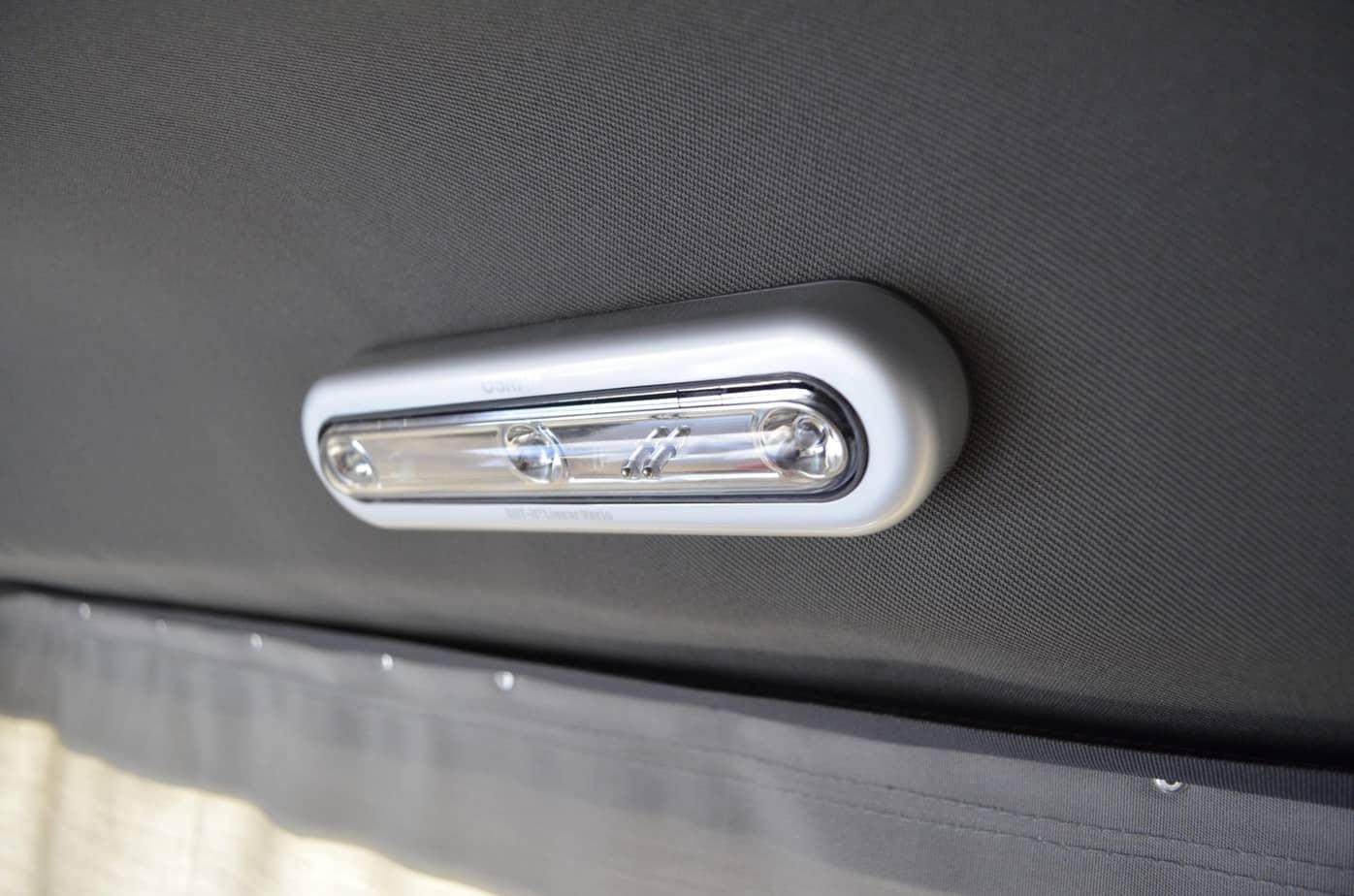
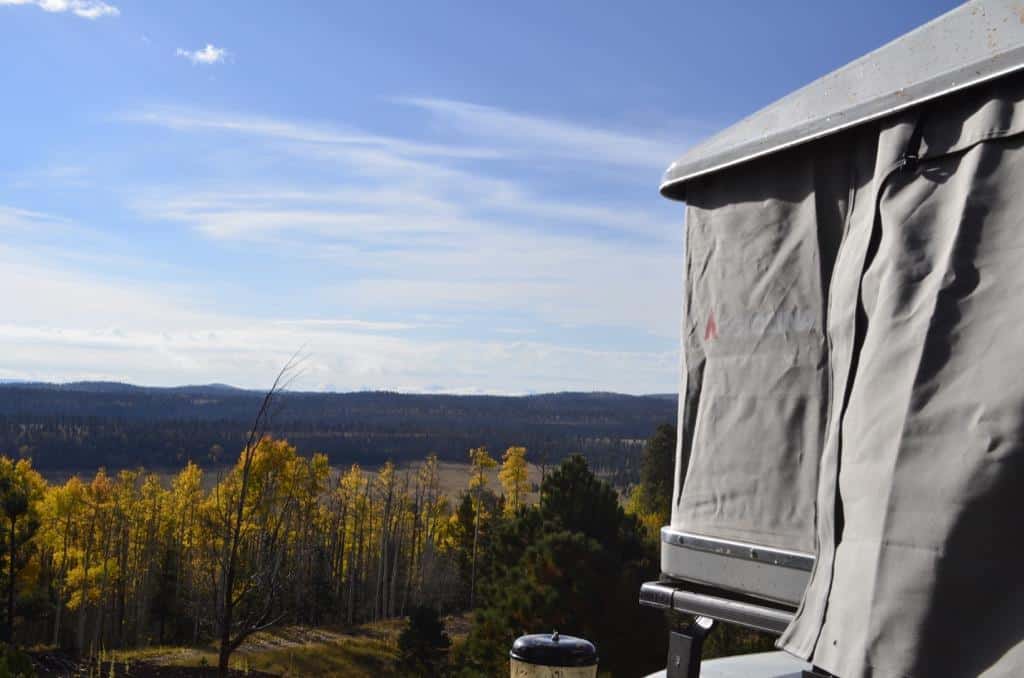

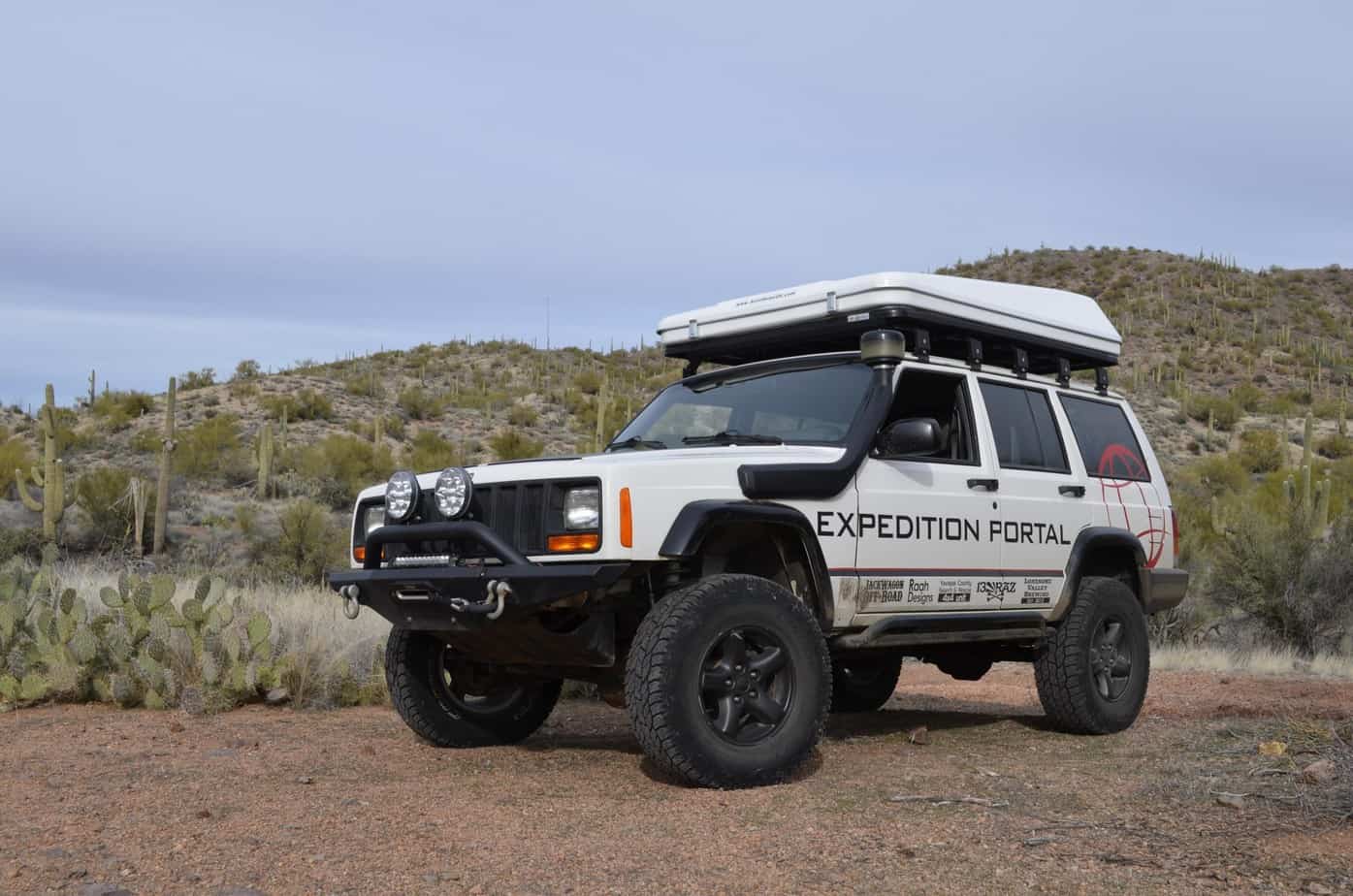
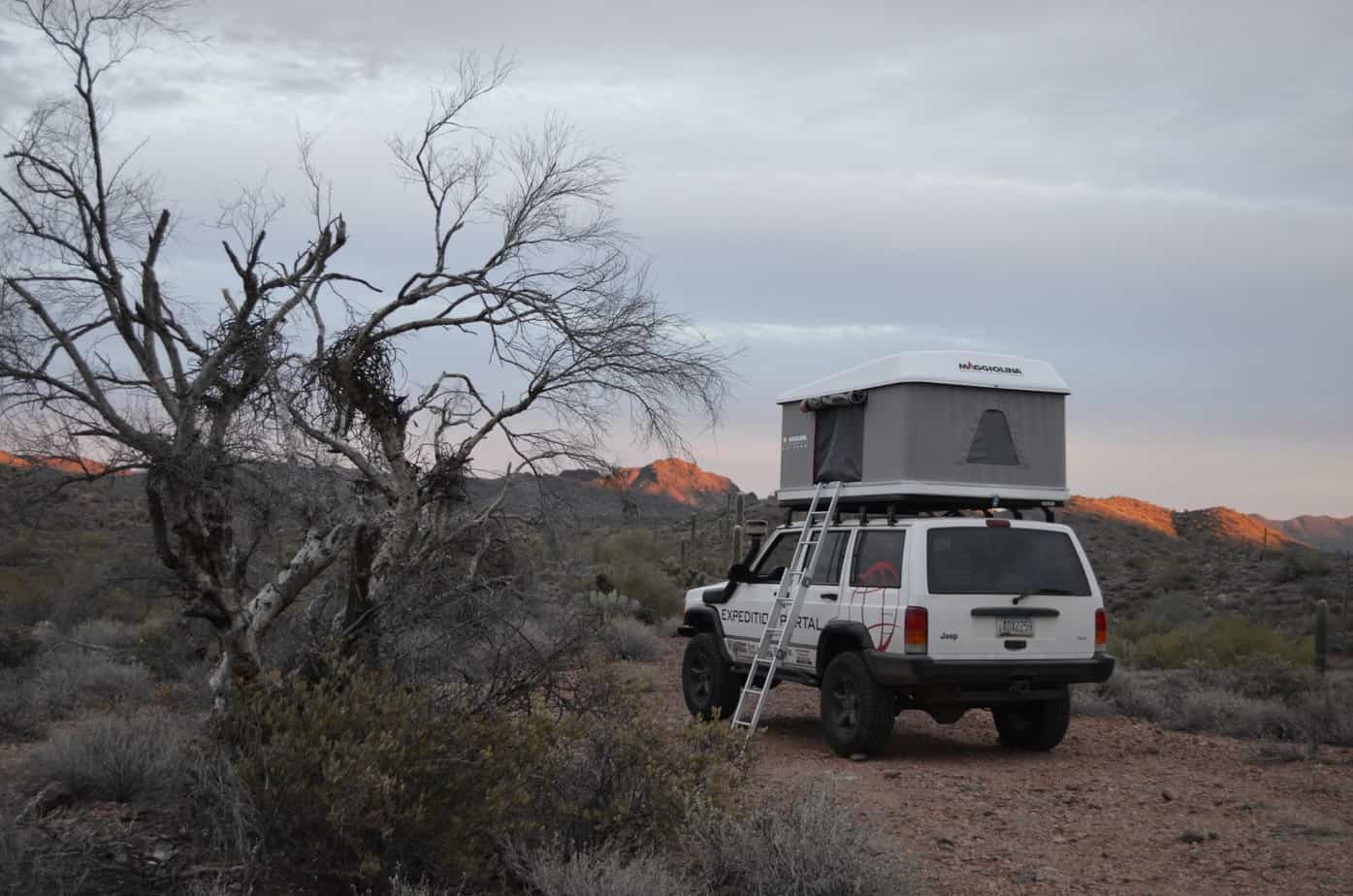
One Comment
Brian
September 24th, 2018 at 11:06 amI also have a Jeep Cherokee and was curious as to what roof rack you used to mount the tent as well as what size of tent you went with.
Thanks!